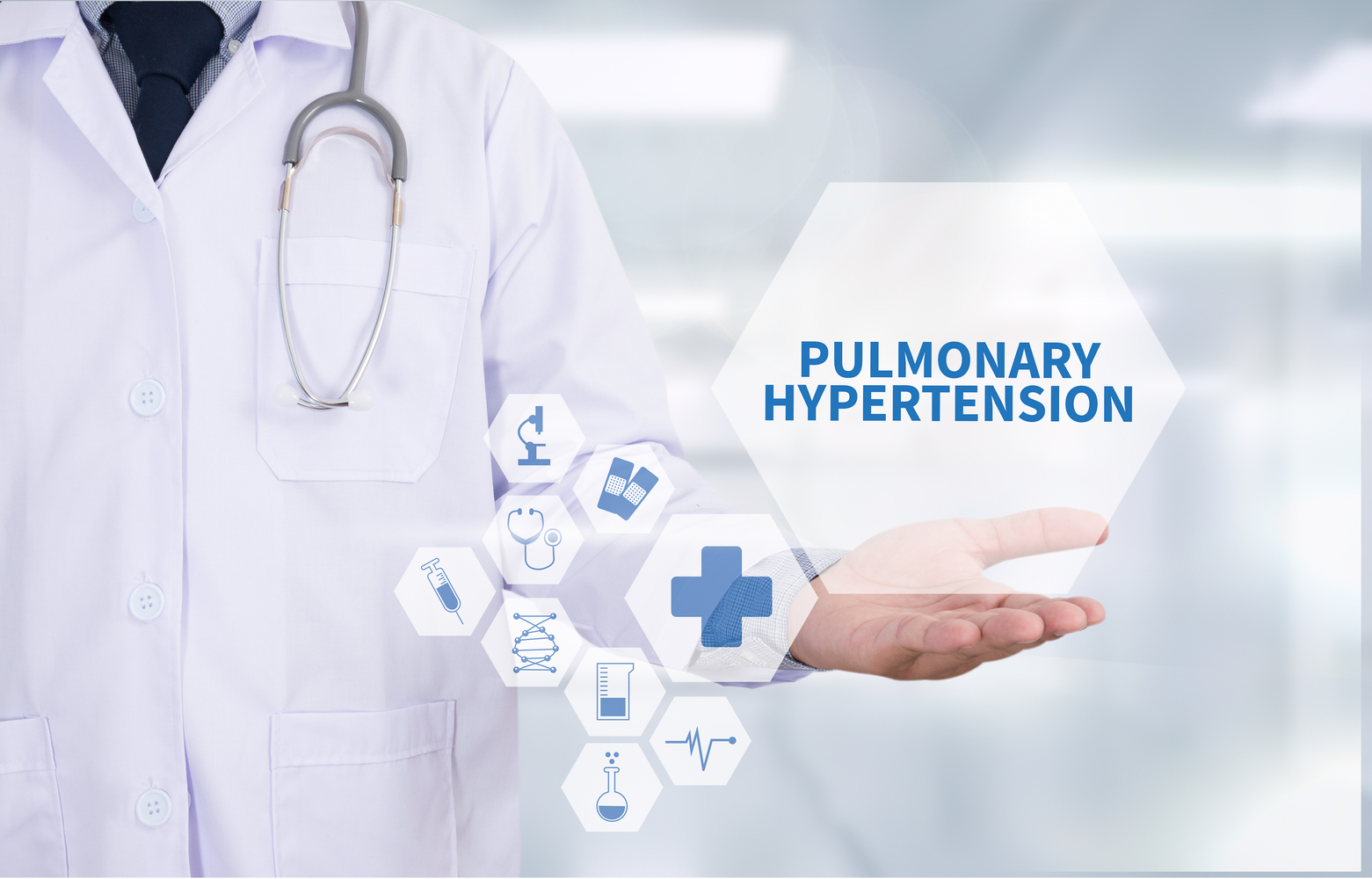
What Causes Pulmonary Arterial Hypertension
Pulmonary hypertension is an umbrella term for conditions that consist of high blood pressure in the lungs and right side of the heart. Pulmonary arterial hypertension is a form of this condition in which the pulmonary arteries, which take deoxygenated blood to the lungs to supply oxygen, are decreased in diameter. This generates more pressure in the blood flowing through. The heart must pump harder against the resistance, resulting in chest pain, difficulty breathing, fainting, and edema, similar to heart conditions like chronic obstructive pulmonary disease. If the cause of PAH is not clear, it is termed idiopathic pulmonary arterial hypertension (IPAH), but usually, PAH can be traced back to several risk factors, including:
1. Lung Disease
Lung disease, such as chronic obstructive pulmonary disease, is the leading cause of secondary PAH. Due to the remodeling of blood cells in the lungs as a result of hypoxia and inflammation caused by COPD, the pressure in the pulmonary artery increases.
2. Cirrhosis
There are several diseases that increase the risk of PAH. Cirrhosis, severe liver disease in which scar tissue forms, leads to hypertension in the veins that supply the liver, generating a domino effect in the pulmonary arteries.
3. Scleroderma
Scar tissue is a significant component of PAH, also seen in scleroderma, a connective tissue disease. Scleroderma is an autoimmune disease which targets the tissues and blood vessels, leading to scar tissue. As a result, there is a high chance of scarring in the blood vessels of the pulmonary arteries, making them damaged and narrowed, thus resulting in secondary PAH.
4. Genetics
Of all people with PAH, about 15-20% had a genetic predisposition. Middle-aged women and people born with congenital heart disease are most likely to be affected.
5. HIV/AIDS
People with immunodeficiency diseases like HIV and AIDS have an exponentially increased risk of developing PAH. HIV damages the immune system of the body, making it difficult to stave of potential infections that take advantage of a weakened immune system, and the virus eventually progresses to AIDS. Although the correlation between HIV/AIDS and PAH is high, it remains unclear as to how exactly it is, since HIV does not directly impact the arterial cells affected by PAH.
6. Sleep apnea
According to an American College of Chest Physicians consensus, anywhere from 17% to 53% of sleep apnea patients also acquire PAH. It is a disease in which breathing consistently is difficult during sleep, is a common cause of PAH. These lapses in breathing decreases arterial oxygen content, causing hypoxia in blood vessels and damaging them, increasing blood pressure and eventually may result in hypertension in the pulmonary arteries.
7. Drug use
Certain drugs, particularly appetite-suppressants like phentermine and fenfluramine, are known to have contributed to PAH before they were discontinued. Other stimulants like methamphetamine and cocaine may have the same effect, especially if taken for more than three months.


